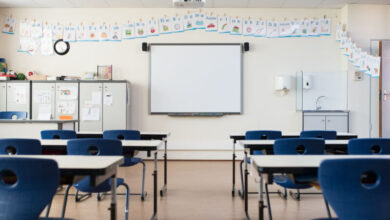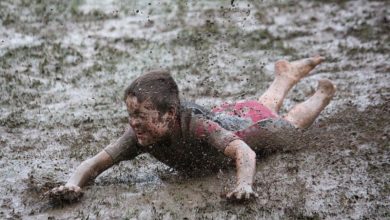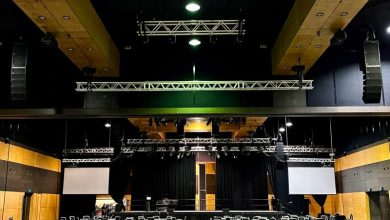Teacher morale up, principal morale down says NZCER survey

Morale amongst secondary school teachers is up, but principal morale is down, according to results of a survey released by the New Zealand Council for Educational Research (NZCER).
The analysis draws on responses from 182 principals, 1777 teachers, 232 board of trustee members and 1242 parents and whānau, to provide a representative picture of New Zealand state and state-integrated secondary schools.
Of the teachers who responded, 69 per cent rated their overall morale as good or very good, up from 57 per cent in 2012. Stress levels and workloads for teachers had also improved somewhat.
However, morale levels for principals have slipped and reported stress levels remained about the same.
NCEA looms large with principals saying the biggest issue they grapple with is NCEA workload for teachers (65 per cent, up from 49 per cent in 2012). Overall, both principals and teachers voiced support for NCEA but also felt it had narrowed the curriculum and had a negative impact on student wellbeing. Forty percent of teachers said students were doing practice NCEA exams in years nine and ten.
Student behaviour was more positive; 15 per cent of principals rated student behaviour a major issue compared with 26 per cent in 2012 and 33 per cent in 2009. There was also evidence of schools doing more to support student wellbeing.
Funding remained problematic, with only 14 per cent of principals describing their school’s government funding as sufficient. However, schools appeared to be more successful in keeping their finances stable, reducing spending and relying on non-government funds such as international students and parental provision of digital devices.
A bring-your-own-device (BYOD) policy was in place in more than 60 per cent of schools. In those schools, 20 per cent of principals said the inability of parents to afford a device was a barrier for a large number of students. The decile differences were stark: 88 per cent of principals from low-decile (one to two) schools reported an inability or unwillingness of parents to buy a device, compared with just three per cent of principals in decile nine to ten schools reporting this as an issue.
There were clear differences in deciles across the survey including in funding pressure, student behaviour, and views about NCEA. Decile one to two schools faced the biggest challenges in meeting their students’ needs.
“It’s good to see the pick-up in behaviour since our last survey in 2012,” said report author Dr Cathy Wylie, “It shows the value of providing secondary schools with some useful support. Other ongoing issues for schools like the workload for students and staff associated with NCEA and the additional demands on deciles one and two schools also merit a more coherent approach.”
Funding, Communities of Learning, curriculum and assessment, student wellbeing and behaviour, and digital technology are among the topics canvassed in the survey, which is part of an ongoing NZCER series.









